Lotus Seeds

- Free shipping on all orders over 299rs
- Delivers in: 2-3 Days Shipping & Return
“Lotus seeds” can refer to both the botanical seeds of the lotus plant (Nelumbo nucifera) and their various uses in food, traditional medicine, and gardening. Here’s a concise overview covering different aspects:
🌸 What Are Lotus Seeds?
Lotus seeds come from the seed head of the sacred lotus plant (Nelumbo nucifera), an aquatic perennial native to Asia. The seeds are embedded inside the plant’s characteristic flat-topped pods.
🌿 Botanical Features
-
Shape: Round or oval, smooth surface
-
Color: White to brown or black when dried
-
Hardness: Extremely hard when mature; can remain viable for centuries
-
Germination: Requires scarification (scratching or cutting the seed coat)
🍽️ Culinary Uses
In many Asian cuisines, lotus seeds are consumed in several forms:
1. Dried Seeds
-
Used in: Soups, desserts, and teas
-
Popular dishes:
-
Chinese lotus seed paste (used in mooncakes)
-
Vietnamese chè hạt sen (sweet lotus seed soup)
-
2. Fresh Seeds
-
Found in green lotus pods; can be eaten raw or boiled
3. Puffed Lotus Seeds (Fox nuts or Makhana)
-
Popular in India as a roasted snack
-
Rich in protein, low in fat
🏥 Health Benefits
-
Rich in: Protein, fiber, B vitamins, magnesium
-
Traditional uses:
-
Improve sleep
-
Boost kidney function
-
Aid digestion
-
Anti-aging (antioxidant properties)
-
🌱 Growing Lotus from Seed
-
Scarify the Seed: File or nick the hard shell until you see the white interior.
-
Soak in Warm Water: Seeds should swell and sprout within 3–7 days.
-
Transplant Sprouts: Once leaves emerge, plant in warm, shallow water with rich, loamy soil.
-
Sunlight: Full sun (6–8 hours/day)
🔍 Fun Fact
Lotus seeds are known for their incredible longevity—some have germinated after over 1,000 years!


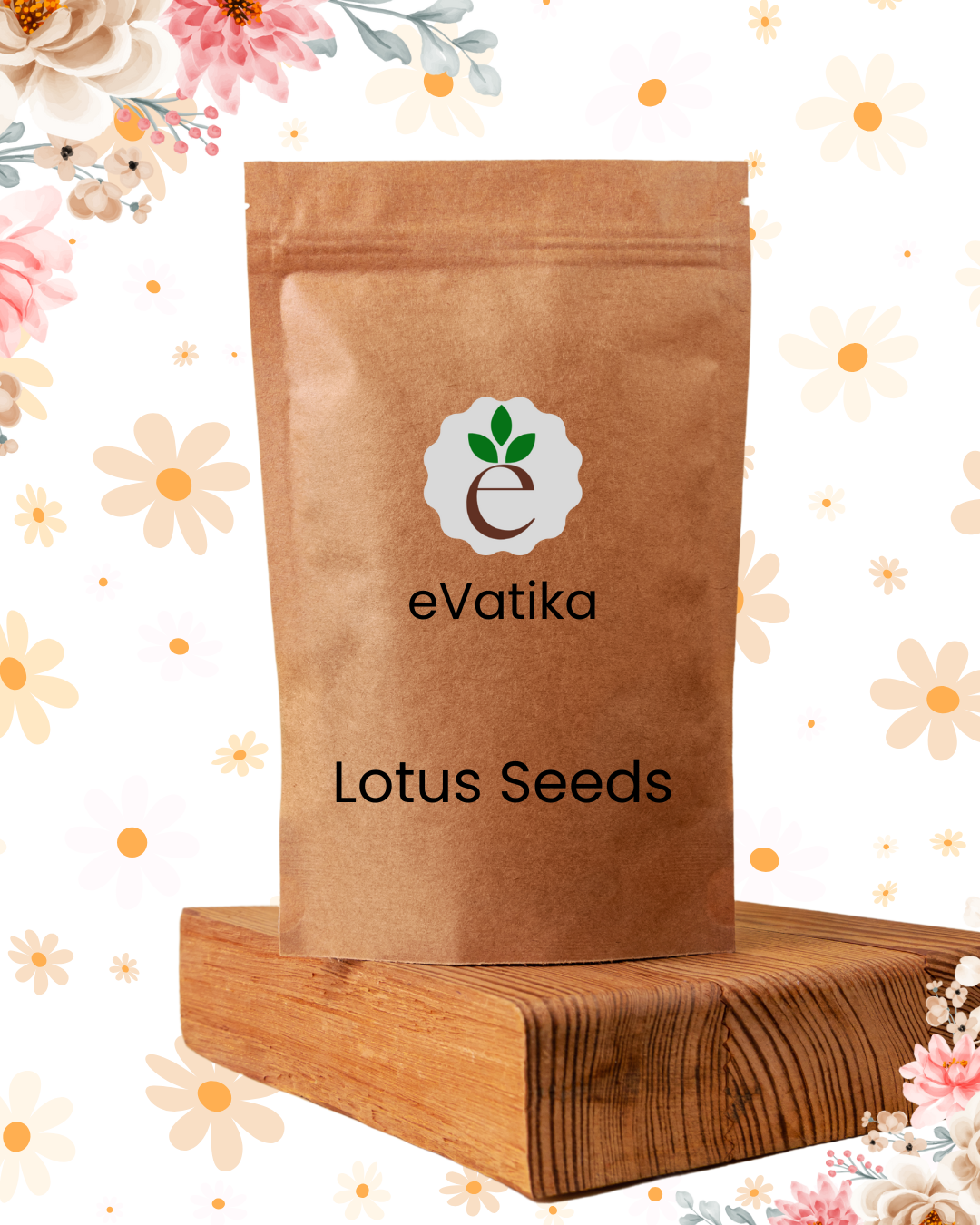


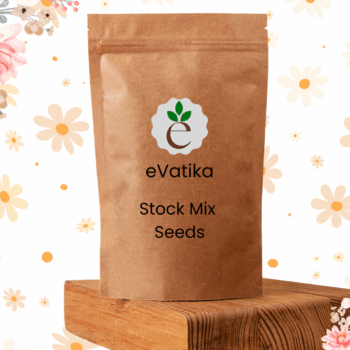
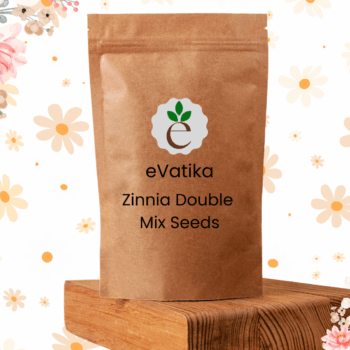
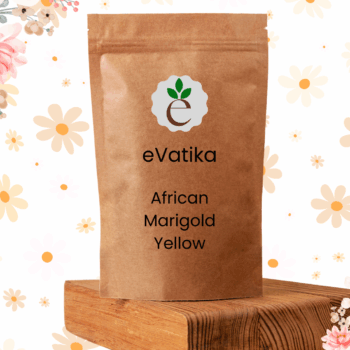
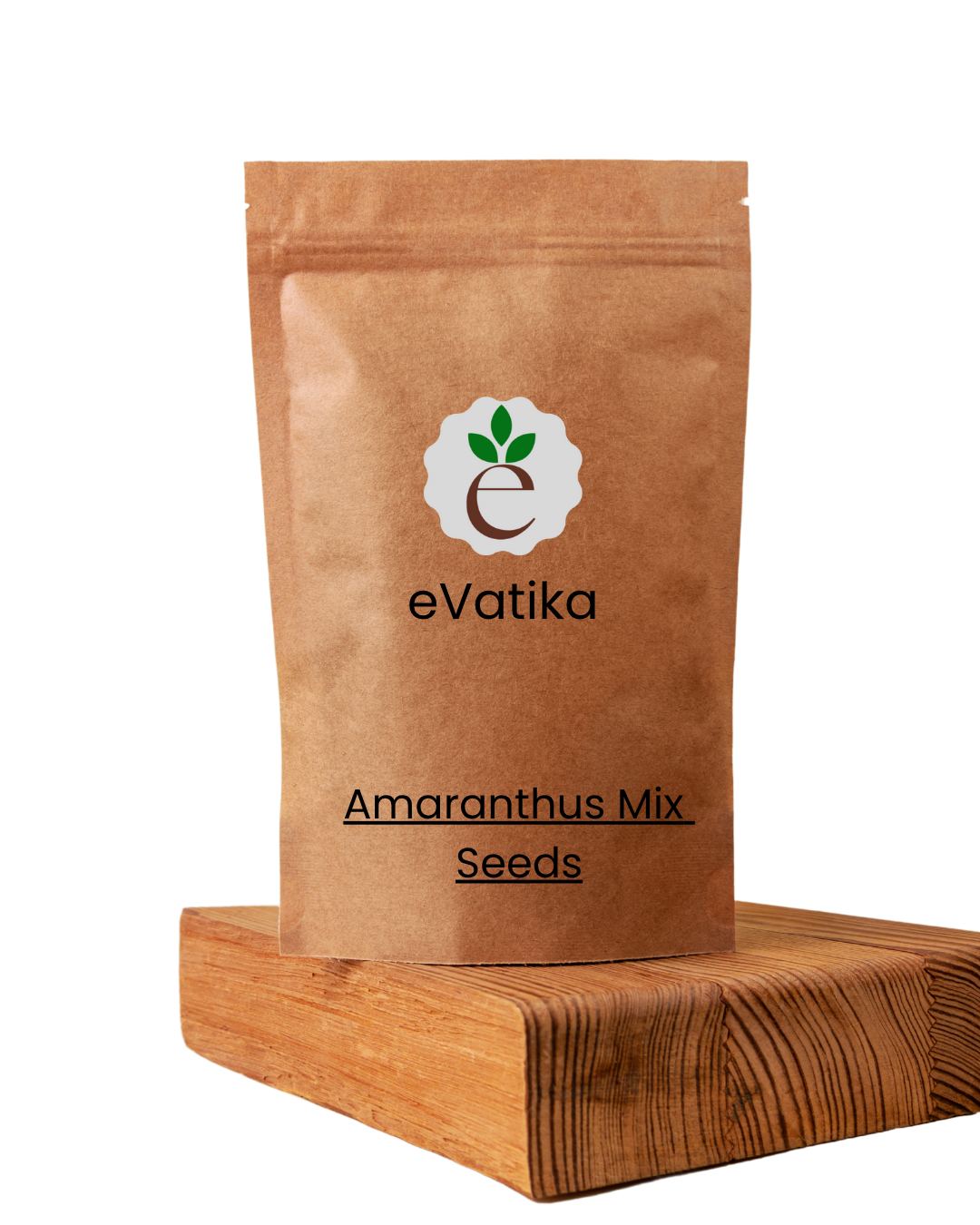
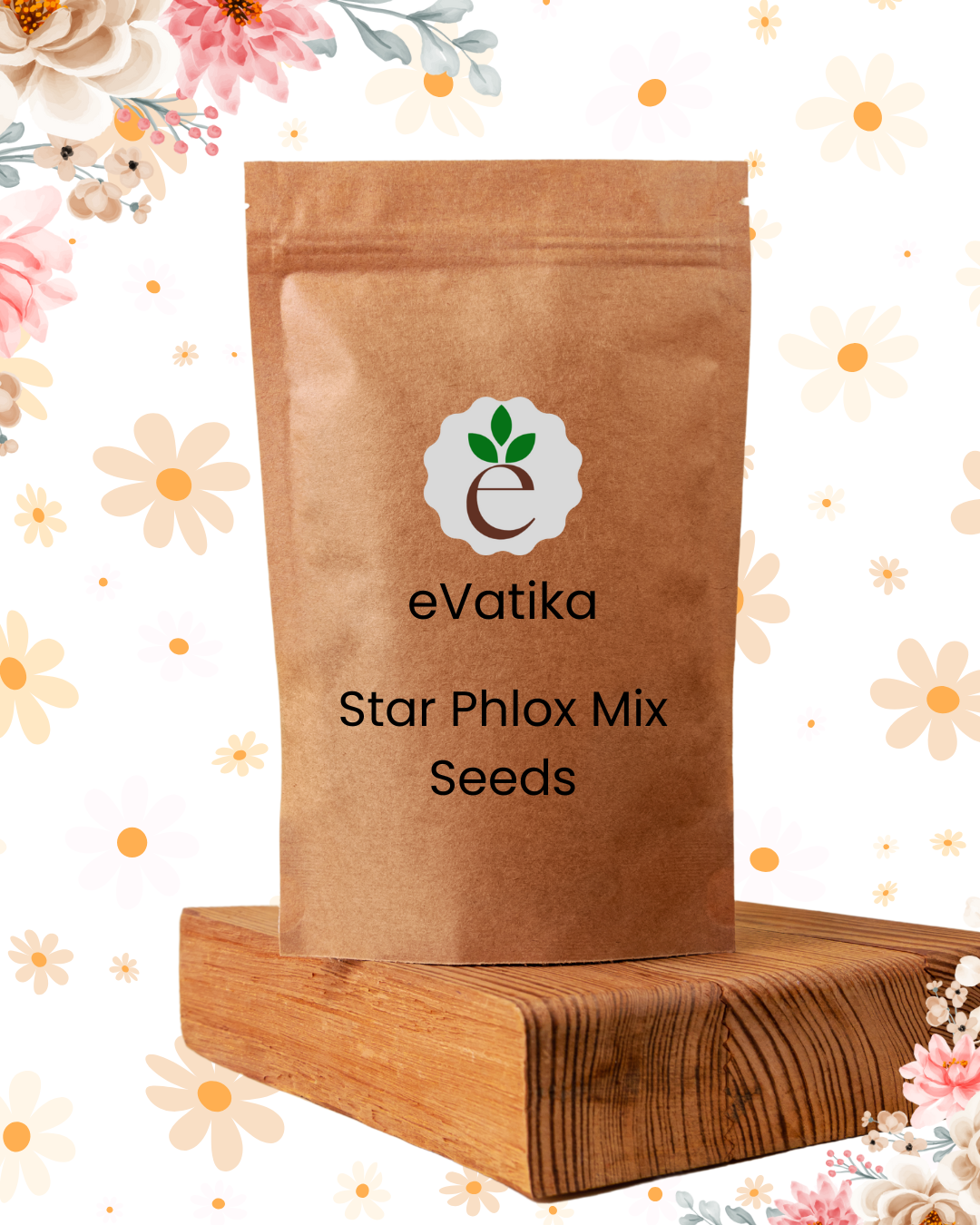

Reviews
There are no reviews yet.